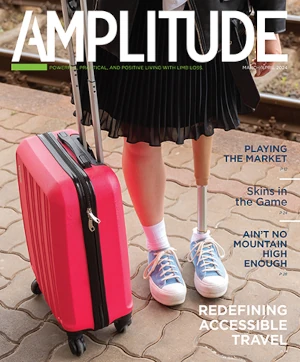
Plots that relate the neural patterns from each experimental instance show how the plans for gripping either of two objects in different ways cluster distinctly and identifiably, from start of gripping effort (left) to contact.
Image courtesy of the John Donoghue Lab and Brown University.
A study conducted at Brown University has advanced neuroscientists’ understanding of how a region of the brain formulates plans for the hand to grip an object. The research team’s key finding is that neurons in the area of the brain responsible for planning grasping motions retain information about the object to be gripped as they make their movement plan. The neural activity looks different when executing the same grip on different objects, helping the brain design unique patterns when similar actions are performed in different environments. For developers of brain-computer interfaces (BCIs), whose goal is to translate neural patterns into commands for prosthetic devices, the results demonstrate that a prosthesis user’s emerging plan to execute a “power grip” style, for example, may look different when the object is a hammer versus a soda can. The advance could lead to improvements in future BCIs that provide people with severe paralysis a means to control robotic arms and hands using their thoughts. The findings are reported in the Journal of Neuroscience.
The research team recorded and analyzed the neural activity in the ventral premotor cortex of three trained rhesus macaques as they participated in a series of grip tasks. After analysis, the researchers were able to observe how the patterns of neural activity were changing at each stage of each task.
“Many groups have looked at encoding of different grips and different hand positions,” said lead and corresponding author Carlos Vargas-Irwin, PhD, a neuroscience investigator at Brown. “Typically what’s studied is the relationship between a single object and a grip associated with it. What had not been done before is to investigate how the brain can formulate different grips on the same object or the same grip on different objects.”
Vargas-Irwin developed an analysis technique to accurately detect activity patterns in collections of neurons without relying on assumptions about what the brain is trying to do. The patterns can be distinguished based on differences in their activity and can cluster together based on their similarities without the researchers imposing their own view of events going on in the task. The analysis showed that neurons in the ventral premotor cortex follow patterns that differentiate objects and actions. They began to show distinct, identifiable patterns of activity as soon as the object was presented. By the time grips were actually made, the patterns had become so distinct that all four object-grip combinations could be distinctly identified with about 95 percent accuracy.
The results were somewhat surprising, because the “motor” part of the brain was thought to be near the end stages of making a movement, well after sensory processing like object discrimination has been completed, according to professor of neuroscience and engineering director John Donoghue, PhD, the paper’s senior author. The results of the study demonstrate that objects have a significant effect on the evolution of the grip plan, and that the brain is flexible enough to handle a wide variety of object contexts and can do so with a local network of neurons. The study also demonstrates that the plan to grip an object evolves well in advance of actual execution. Early interpretation of grip planning, including accounting for the distinctive form that plans take in the context of different object, could allow a BCI decoder to get a motion command to a prosthesis more quickly and accurately with information about what is to be gripped, Vargas-Irwin said.
Vargas-Irwin and his colleagues are continuing with experiments to determine how well the findings can be generalized, to a wider variety of objects, for instance, and how much the structure of the experiments and training affects the neural patterns.
Editor’s note: This story was adapted from materials provided by Brown University.



